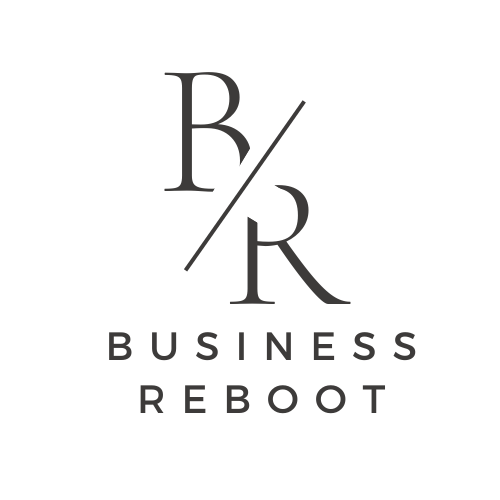Succession planning is an essential strategy for any organization that aims to ensure long-term stability and sustained growth. By identifying and nurturing employees who have the potential to fill critical roles in the future, companies can mitigate disruptions, maintain institutional knowledge, and develop a robust internal talent pipeline. A practical and effective tool for evaluating employee potential and future fit is a succession planning matrix.
What Is a Succession Planning Matrix?
A succession planning matrix is a visual tool that helps supervisors evaluate employees based on two key dimensions:
- Potential: The employee’s capacity to grow, learn new skills, and take on greater responsibilities.
- Readiness/Qualification: The supervisor’s assessment of the employee’s current ability and alignment with roles they might qualify for as their careers progress.
This matrix provides a clear framework for identifying high-potential employees and aligning them with future organizational needs. It is particularly useful for simplifying complex decisions and fostering transparent conversations about career development.
Creating the Matrix
To build a succession planning matrix, follow these steps:
- Define the Axes:
- X-Axis (Potential): Rate employees on a scale, such as “Low” to “High,” based on their capacity for growth and adaptability.
- Y-Axis (Qualification): Rate employees on a scale, such as “Currently Unqualified” to “Highly Qualified,” based on their readiness for future roles.
- Segment the Matrix: Divide the matrix into four quadrants:
- Low Potential / Low Qualification: Employees who may need more time or resources to develop.
- Low Potential / High Qualification: Employees with strong current qualifications but limited growth potential.
- High Potential / Low Qualification: Employees with significant growth potential who need further development.
- High Potential / High Qualification: Employees who are ready to take on advanced roles soon.
- Evaluate Employees: Place each employee in the appropriate quadrant based on your assessment.
Example Employee Evaluation
Employee Name: Jane Doe
Position: Marketing Specialist
Assessment:
- Potential: High (Jane has shown exceptional creativity, adaptability, and leadership in recent projects.)
- Qualification: Low (Currently lacks advanced certifications or managerial experience for senior roles.)
Matrix Placement: High Potential / Low Qualification (Growth Area)
Development Plan: Enroll Jane in leadership training programs, assign a mentor, and provide opportunities for cross-departmental projects.
Using the Matrix Effectively
- Review Regularly: Update the matrix periodically to reflect changes in employees’ skills and roles.
- Develop Tailored Plans: Use the matrix to create personalized development plans for employees.
- Facilitate Open Communication: Share feedback with employees to align their career goals with organizational objectives.
- Integrate with Talent Management Systems: Link the matrix to broader HR initiatives, such as performance reviews and training programs.
By implementing a succession planning matrix, companies can make informed decisions about talent development, align resources with strategic goals, and foster a culture of growth and advancement. This simple yet powerful tool ensures the organization is well-prepared for the future while supporting employees’ professional aspirations.


Leave a Reply